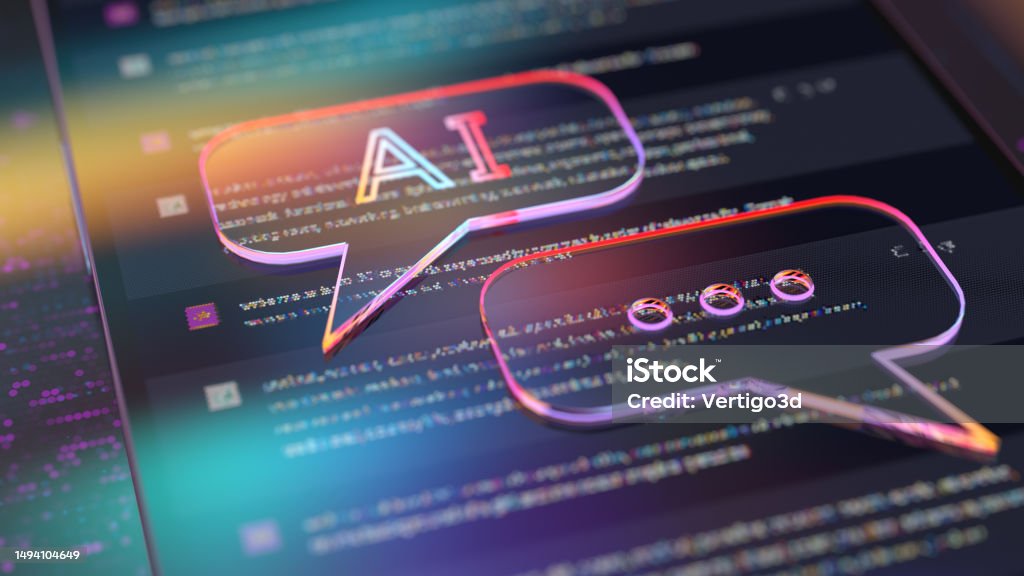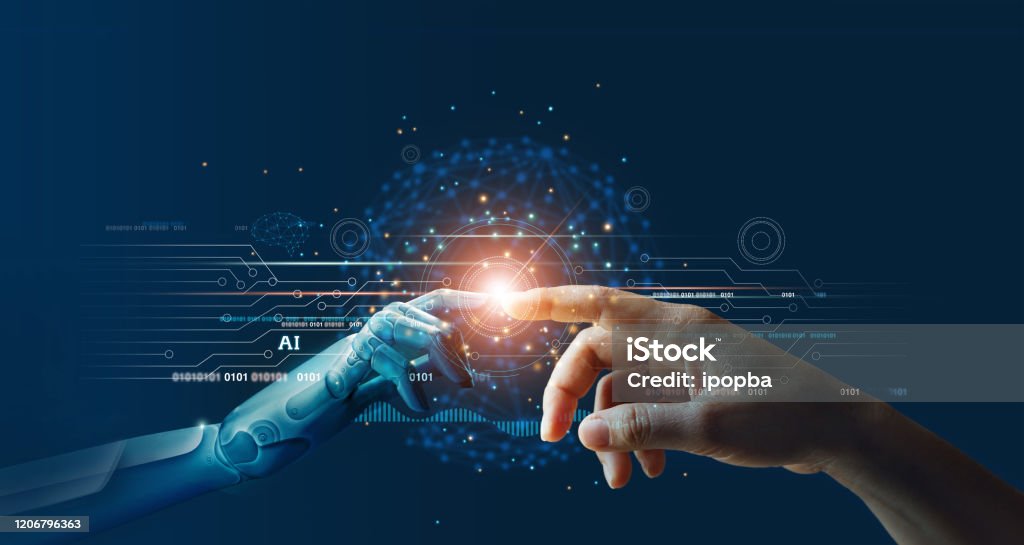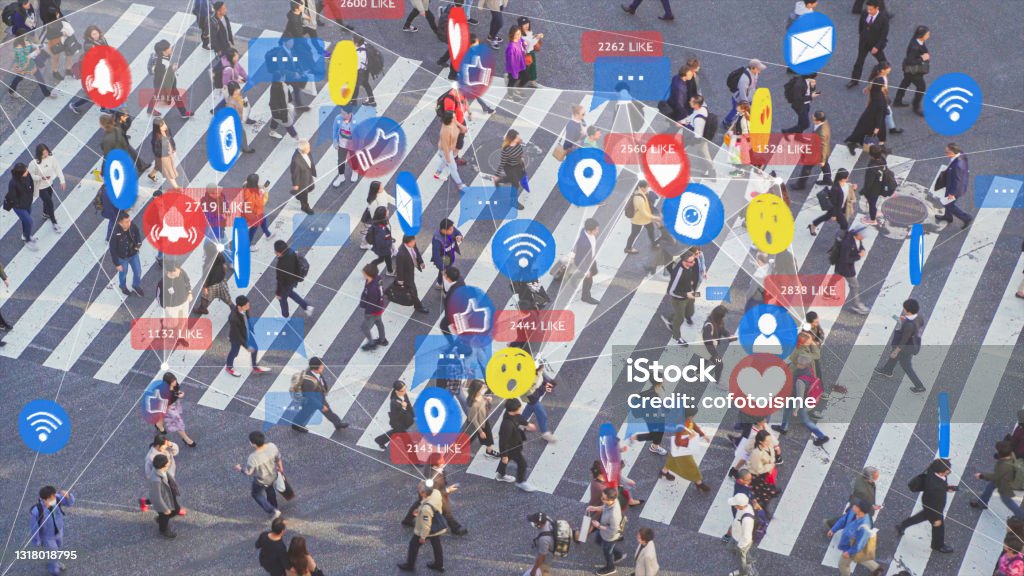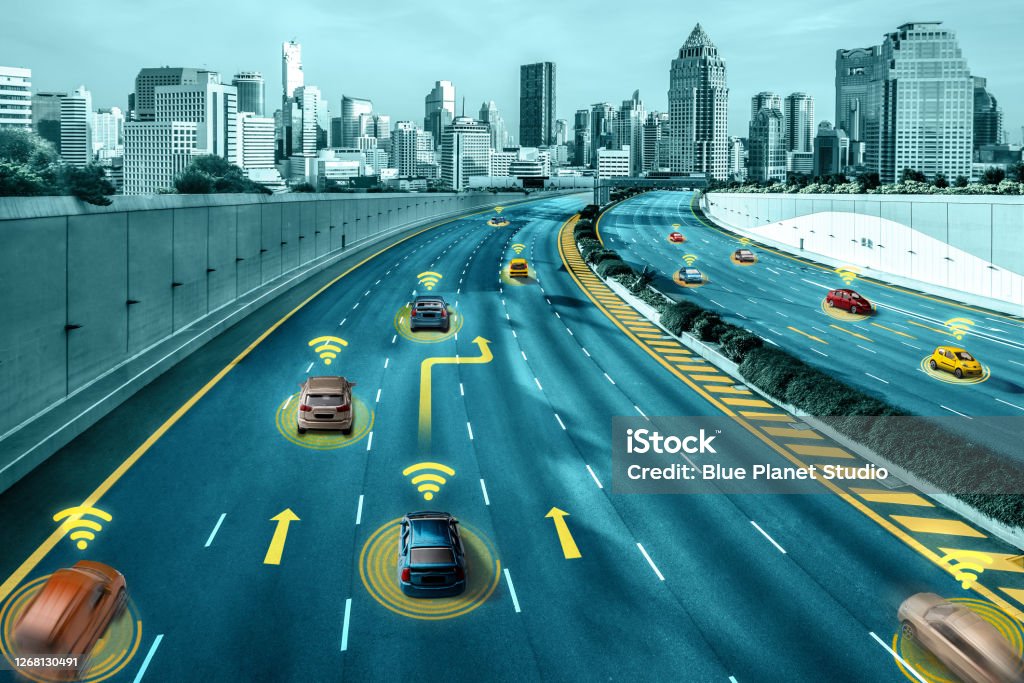
Abstract:Nowadays, with the rapid development of the times, human beings have created more and more products about artificial intelligence through wisdom and continuous efforts, however, artificial intelligence has also been fully integrated into people’s daily lives, It has even become dependent. It is worth exploring in depth, which will cause people to question whether the high-end convenience of artificial intelligence will replace human beings in the end and whether there will be corresponding risks. This article will explore the use of artificial intelligence in daily life, as well as will mainly use the application in the field of new energy vehicles as an example, and analyze its risks, as well as some comparisons on the question of whether artificial intelligence can replace human beings.

What’s Artificial Intelligence?
Artificial Intelligence (abbreviated as AI), which is part of computer science, is a computer system developed to simulate human intelligence. Artificial Intelligence originated in the 1950s and it is not only computer science but also belongs to the science of psychology because it studies the phenomena that occur when a computer performs some tasks that require intelligent thinking (Simon, 1995). In those days computers were used as a revolutionary tool for simulation, but they were also a demonstration of intelligence, however the only example of intelligence that can be found before “B.C.” is the thinking of living organisms, especially humans thinking, which added the new attribute of intelligent computer programs to the family of intelligent systems (Simon, 1995). The goal of AI, however, is to enable machines to perform and assist the usual needs of humans, as well as to replace the basic intelligence tasks that humans usually need, such as language understanding, content formulation, content recognition, and so on, to help make people’s lives easier and smarter.
Areas of Artificial Intelligence Use

Nowadays, the field of artificial intelligence has become wider and wider and has been fully integrated into people’s daily lives. The application of artificial intelligence includes many fields, including natural language processing, robotics, perception systems, expert systems, intelligent assisted teaching, neural computation, and so on (Pannu, 2015), and all of these correspond to the use of AI in various fields of real life, for example, the natural language processing system can help people to go to the comprehension of the language and some of the contents of the translation work and so on. Through the data to find and statistics of the top five of the top 18 AI applications in 2023, they are the most used e-commerce applications, applications in education and teaching, lifestyle applications, navigation applications, applications in the field of robotics, and so on are the AI that has already been integrated into people’s life applications (Biswal, 2023). To name a few of the most common examples, we use social media platforms daily, and AI is often used to push relevant content based on personal preferences, which is an e-commerce application. Lifestyle AI is even more common, almost most people’s electronic devices use facial recognition, which is an AI technology that improves security. In the field of education, teachers are more likely to use AI in platforms for homework correction, grading, and other functions, as well as to communicate and connect with parents more easily (Biswal, 2023). In daily transportation, AI has also fully entered the use of automobiles. Artificial Intelligence has created self-driving features in cars that can be operated based on the radar, camera, GPS, cloud services, and control signals of the vehicle (Biswal, 2023), opening a new driving experience for the drivers. Let’s look at what artificial intelligence is used in the new energy vehicle Tesla.
The car with artificial intelligence — Tesla
Tesla, the car with artificial intelligence, has the biggest feature application which is Autopilot, which brings a certain level of security and safety to people at all different stages of driving. Tesla’s Autopilot function can fully realize the self-driving function of the car by using the data from the surrounding cameras, radar and ultrasonic sensors, including the advanced driver assistance system (ADAS) for braking, lane changing, following, automatic steering and automatic parking, etc., and it can also do the behavioral data of each car to be shared to the central server, and combined with the design engineer’s suggestion and machine learning to update more functions (Ingle & Phute, 2016). machine learning to update more features (Ingle & Phute, 2016). The car simultaneously combines data from cameras, radar, and ultrasonic sensors to change the distance and speed between cars based on the outside road conditions, allowing the car to maintain an optimal speed for safe driving, and when arriving at a destination it can also check for nearby parking spaces for the fastest possible auto-parking function. However, Tesla’s Autopilot technology is based on the Mobileye Eye Q3 processor, which processes data inputs from satellite imagery, ultrasonic sensors, radar, and speed control systems to control the car’s steering and speed control (Ingle & Phute, 2016), which completely allows drivers to improve their driving safety while at the same time opening up a whole new driving experience! sense that the transmission of data and precise calculations can sometimes outperform the safety of driving manually.

So, can AI replace humans?
When you see this headline then the answer must be undoubtedly that artificial intelligence cannot replace humans. However, it is because of the development and intelligence of artificial intelligence and let people have been in many places cannot do without the existence of artificial intelligence, and more reliance, resulting in some carelessness sometimes caused by accidents. From the information found on the predictability of humans and artificial intelligence to each other, for example, vehicles with self-driving vehicles have been involved in car accidents due to the driver’s over-reliance on the self-driving function, and the machine’s miscalculation of the data (Kowert, 2017), and I’ve seen similar incidents on the news, which shows that there are a lot of people who are over-reliant on the self-driving function. Another example is that hospitals use artificial intelligence to analyze the patient’s situation to make some judgments, but some deviations lead to misdiagnosis, but the doctor who operates it operates it as usual, which leads to the aggravation of the patient’s condition and even the phenomenon of death (Kowert, 2017). There are many other similar examples, a certain point of view more reflects that excessive “trust” and dependence on artificial intelligence is not right, and will make the consequences unimaginable, of course, shows that artificial intelligence cannot completely replace human beings.
Conclusion
All in all, no matter how developed, intelligent, and convenient AI is, what people should often learn more about is how to use it wisely. Improve the quality of life and at the same time, maintain the safety of the situation, artificial intelligence is, after all, a machine, since it is a machine will have a “tired” error time. As mentioned in the previous example, artificial intelligence can be used in education, but the intelligent function of the text is always cold, without the delicate warmth of human language, so the school will always hold parent-teacher conferences to bring parents together for face-to-face exchanges. Even with self-driving cars, people need to always pay attention to the road when driving, it is an auxiliary function and cannot be too dependent and careless, there is a danger that all people do not want, and the same is true for all other applications with artificial intelligence. Don’t let AI, which itself brings help to people, end up being a nuisance that doesn’t need to happen. The last thing I want to remind you is that artificial intelligence is certainly not possible to completely replace human beings, no matter what place artificial intelligence is used cannot be completely taken lightly, I hope that the reasonable use of artificial intelligence can make everyone’s life become more quality, comfortable and convenient.
Reference List
Biswal, A. (2023). AI applications: Top 18 artificial intelligence applications in 2023. Simplilearn.com. https://www.simplilearn.com/tutorials/artificial-intelligence-tutorial/artificial-intelligence-applications
Blue Planet Studio. (2020, August 28). Autonomous car sensor system concept for safety of driverless mode. . . iStock. https://www.istockphoto.com/photo/autonomous-car-sensor-system-concept-for-safety-of-driverless-mode-car-control-gm1268130491-372168717?phrase=The+car+with+artificial+intelligence+Tesla
Cofotoisme. (2021, May 18). 4k resolution Social Media Signs, Symbols and Emojis connect with. . . iStock. https://www.istockphoto.com/photo/communication-technology-and-social-media-networking-with-people-gm1318018795-405282759?phrase=+AI+in+life
Ingle, S., & Phute, M. (2016). Tesla autopilot: semi autonomous driving, an uptick for future autonomy. International Research Journal of Engineering and Technology, 3(9), 369-372.
Ipopba. (2020, February 21). AI, Machine learning, Hands of robot and human touching on big data. . . iStock. https://www.istockphoto.com/photo/ai-machine-learning-hands-of-robot-and-human-touching-on-big-data-network-connection-gm1206796363-348181260?phrase=AI
Kowert, W. (2017). The foreseeability of human-artificial intelligence interactions. Tex. L. Rev., 96, 181.
Pannu, A. (2015). Artificial intelligence and its application in different areas. Artificial Intelligence, 4(10), 79-84.
Simon, H. A. (1995). Artificial intelligence: an empirical science. Artificial Intelligence, 77(1), 95–127. https://doi.org/10.1016/0004-3702(95)00039-h
TEDx Talks. (2022, August 26). Why AI will never replace humans | Alexandr Wang | TEDxBerkeley [Video]. YouTube. https://www.youtube.com/watch?v=iXCmoQDEoe4
Vertigo3d. (n.d.). Chatbot – Artificial Intelligence digital concept stock photo. https://www.istockphoto.com/photo/ai-chatbot-artificial-intelligence-digital-concept-gm1494104649-517566292?utm_source=flickr&utm_medium=affiliate&utm_campaign=srp_photos_0&utm_term=AI&utm_content=https%3A%2F%2Fwww.flickr.com%2Fsearch%2F&ref=sponsored
